The Volvo XC90 PUV Was Sweden’s Supercharged Performance SUV That Got Away
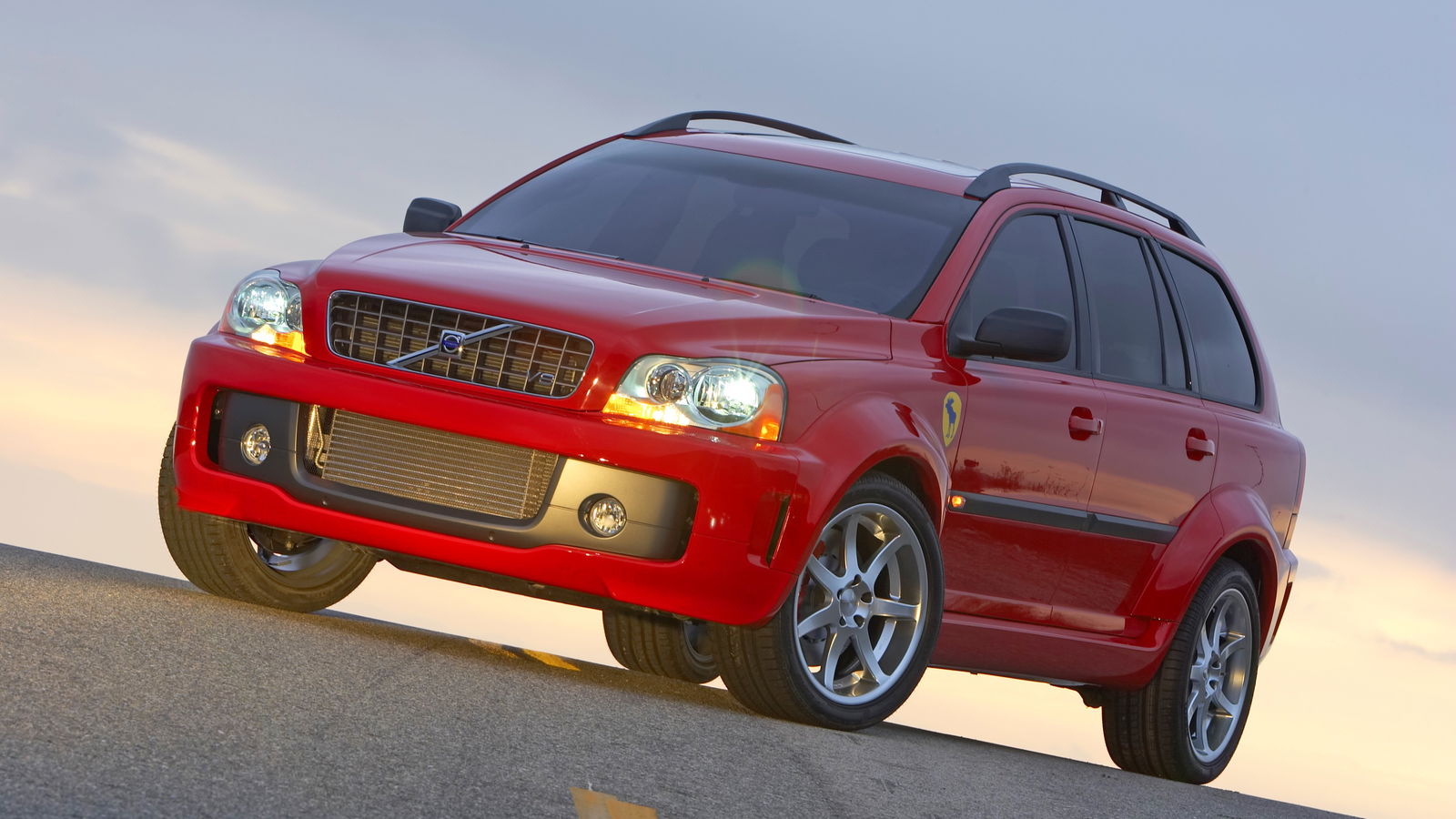
These days, Volvo is all about three things: laid-back Scandi cool, safety, and sustainability. In fact, performance is so far down the company’s list of priorities that it now limits all of its cars to a 112mph top speed (except for the ones it sells to the police).
Obviously, you don’t have to go that far back to find a time when Volvo would sell you something equipped with a turbocharged five-cylinder pushing out many warbly horsepower, and at 2004’s edition of the annual SEMA trade show, it showed off something that would be even more unimaginable from the Volvo of 20 years later.
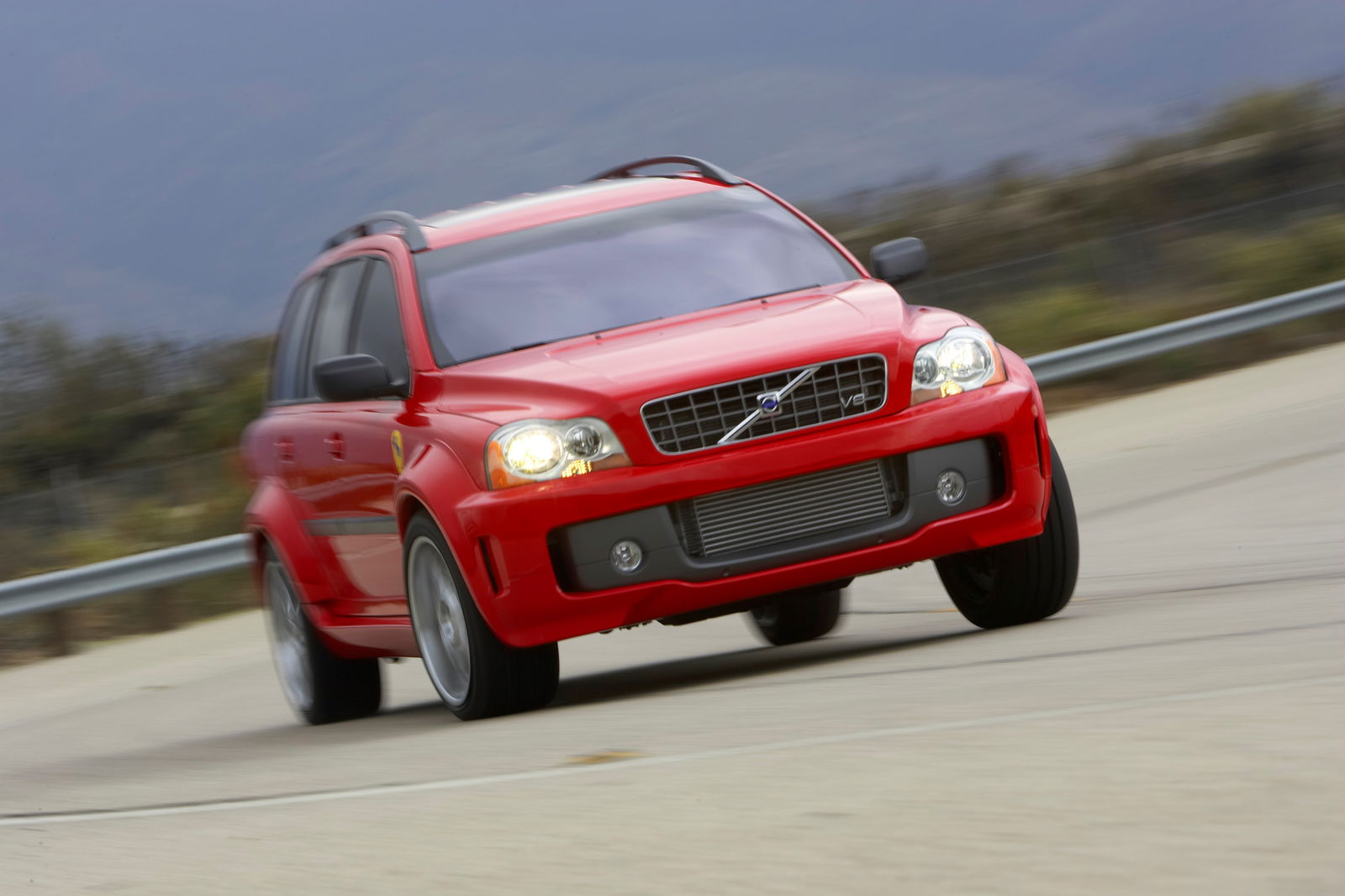
Back then, it was just about to release a version of its range-topping XC90 SUV with a new 4.4-litre Yamaha-developed V8, with the explicit aim of chasing sales in the V8-hungry US market. In production guise, that engine churned out a respectable 311bhp and 325lb ft of torque, but to really hammer home the point, Volvo debuted the XC90 PUV concept.
Sitting lower and massively wider than the production car on new 20-inch diameter, nine-inch wide rims, the PUV – which stood for Power Utility Vehicle – made a pretty serious statement, and not just visually. The tyres were sticky Pirelli P-Zeros, and it had beefy 15-inch brakes with eight-piston callipers up front and 13-inch, four-piston items at the back.
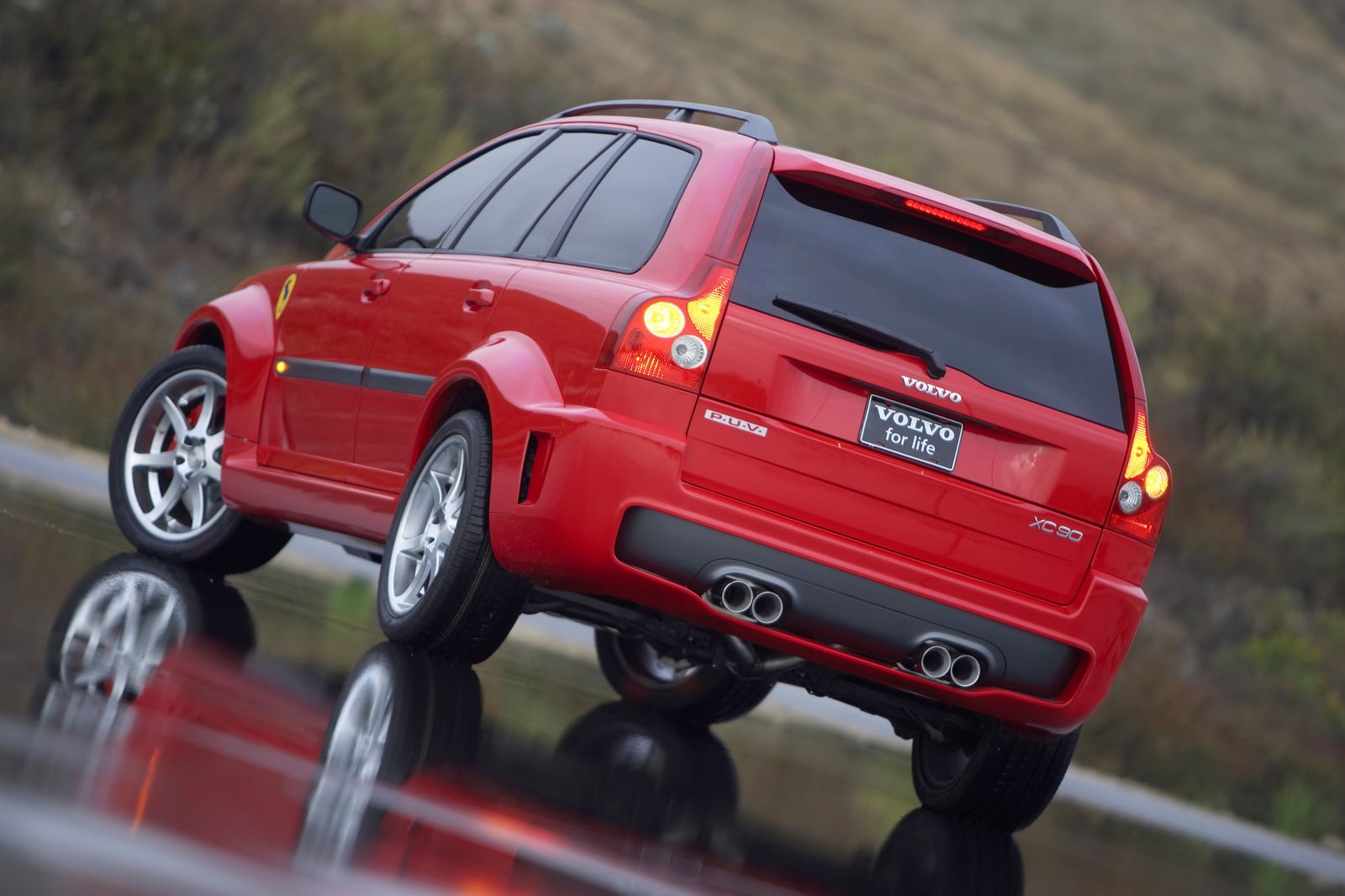
All this was necessary because this car’s pièce de résistance was a massive supercharger stuck on its unusual transverse-mounted, 60-degree V8. This helped to more than double the power of the production version, taking it up to 650bhp. Perhaps more impressively, this was all still sent through the standard Haldex four-wheel drive system and six-speed auto ’box.
What’s most impressive about the PUV is how ahead of its time it was. Sure, there had been SUVs before that placed more emphasis on the S than the U, like the original Mercedes ML55 AMG. But this was still a year before the Range Rover Sport arrived, and the most powerful Porsche Cayenne at the time was the 444bhp Turbo. It’s only really now, 20 years later, that we’re truly accustomed to SUVs with power figures that start with ‘6’.
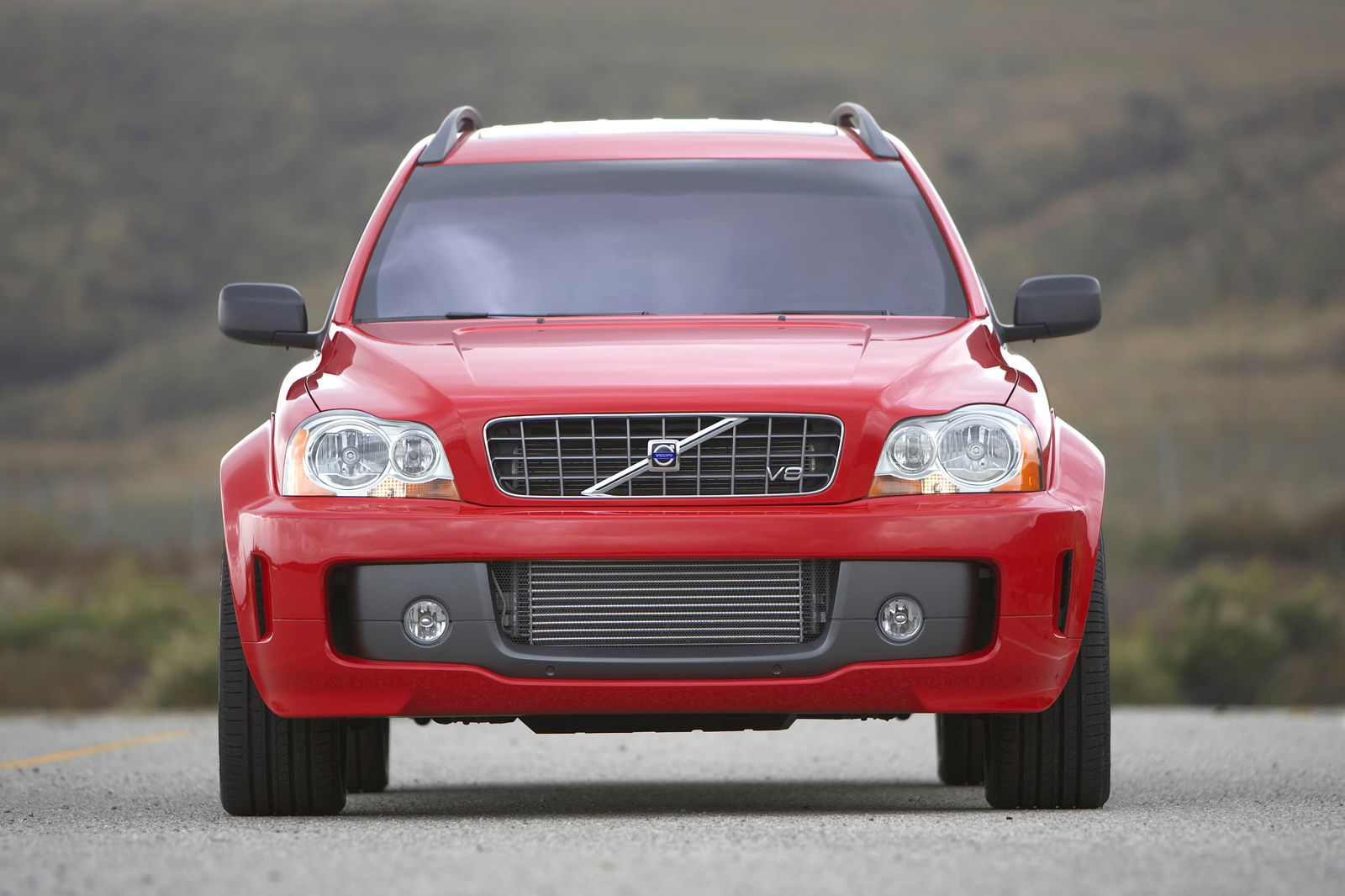
We also can’t confirm whether this was the first recorded instance of the ‘raging moose’ shield on the side of a Volvo, something that’s now a common in-joke among Volvo-ists but was pretty bold for a major manufacturer given the litigious reputation of certain Italian supercar makers.
Whether there were any even half-serious plans to put this thing into production isn’t clear, but by the time the car reappeared at the 2005 Los Angeles Auto Show – now resprayed an eye-searing yellow and with its power figure revised to a still-impressive 600bhp – Volvo was clear that it was just a way of getting more eyes on the brand.
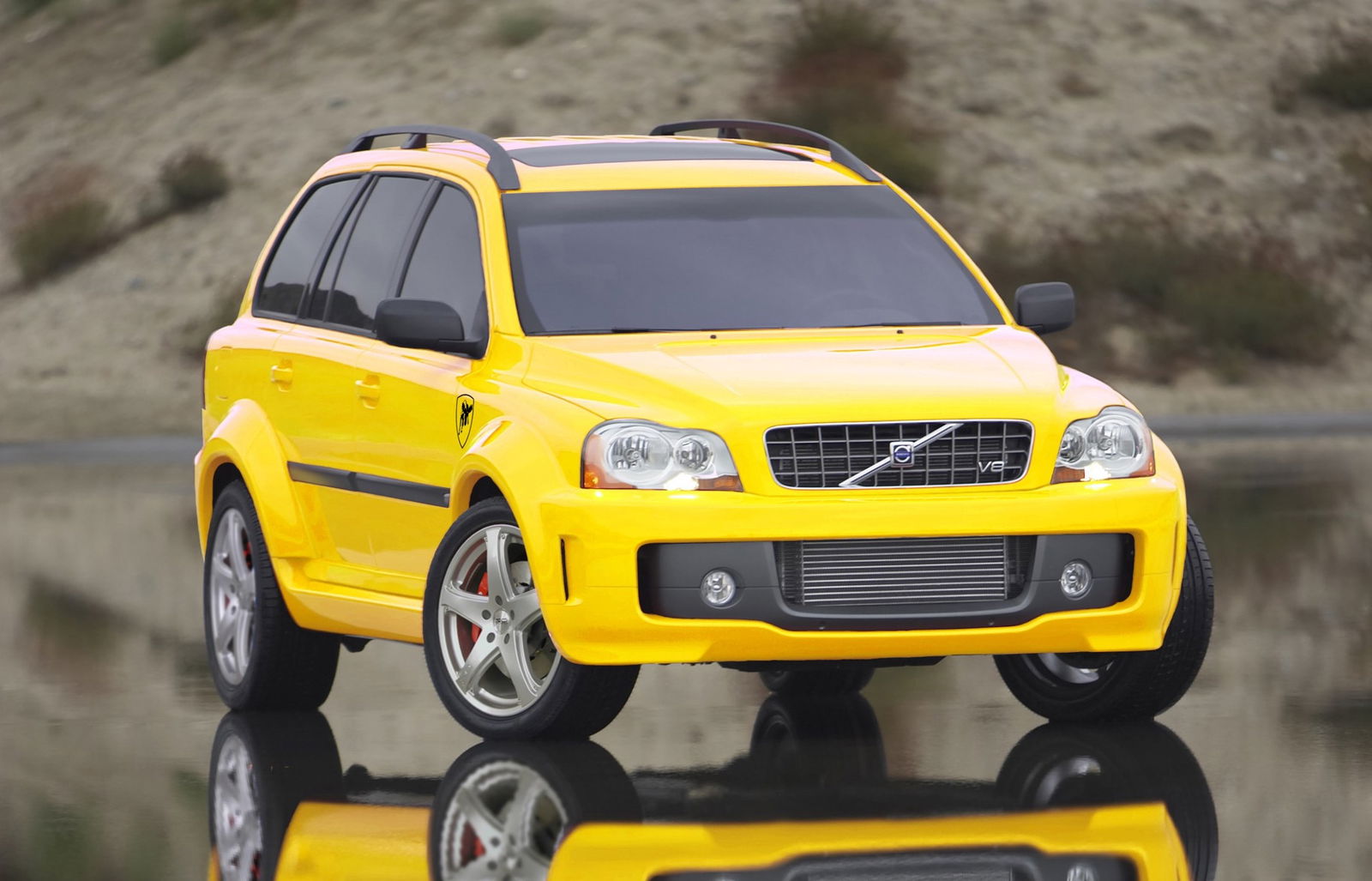
That’s a bit of a shame, because as lovely as the current XC90 is, a proper performance version is something we’ll almost certainly never see. And with the fast SUV market dominated by the not-particularly-subtle efforts of Range Rover and the German marques, a fire-breathing V8 sauna from Volvo would be rather welcome.
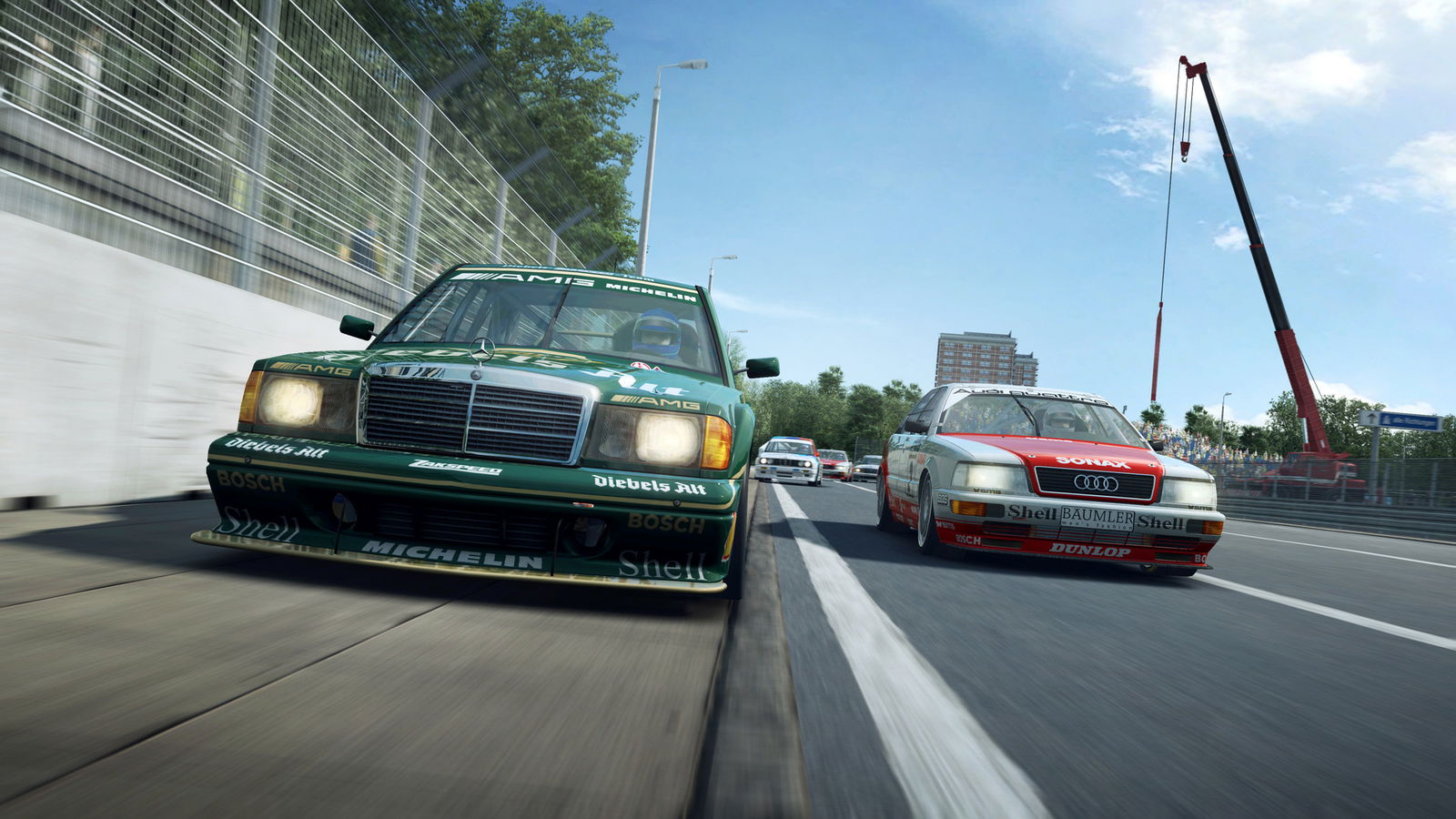

Comments
I love the yellow badge with the moose on it
As seen as on Autoblog (I think) :P
But nice for sharing here :)
Awesome car!